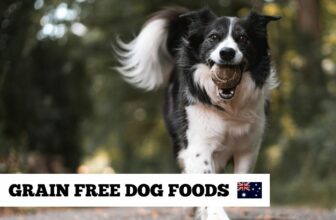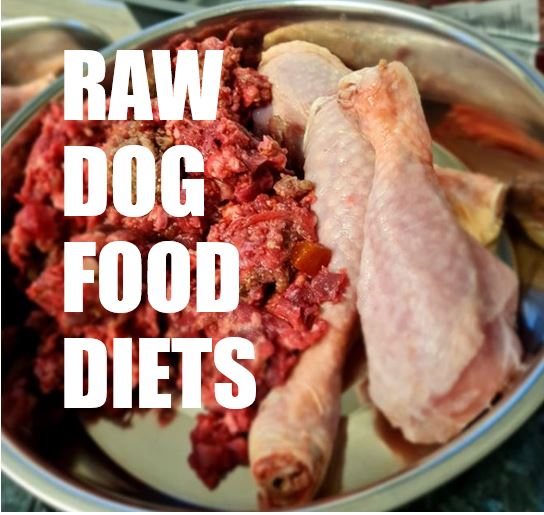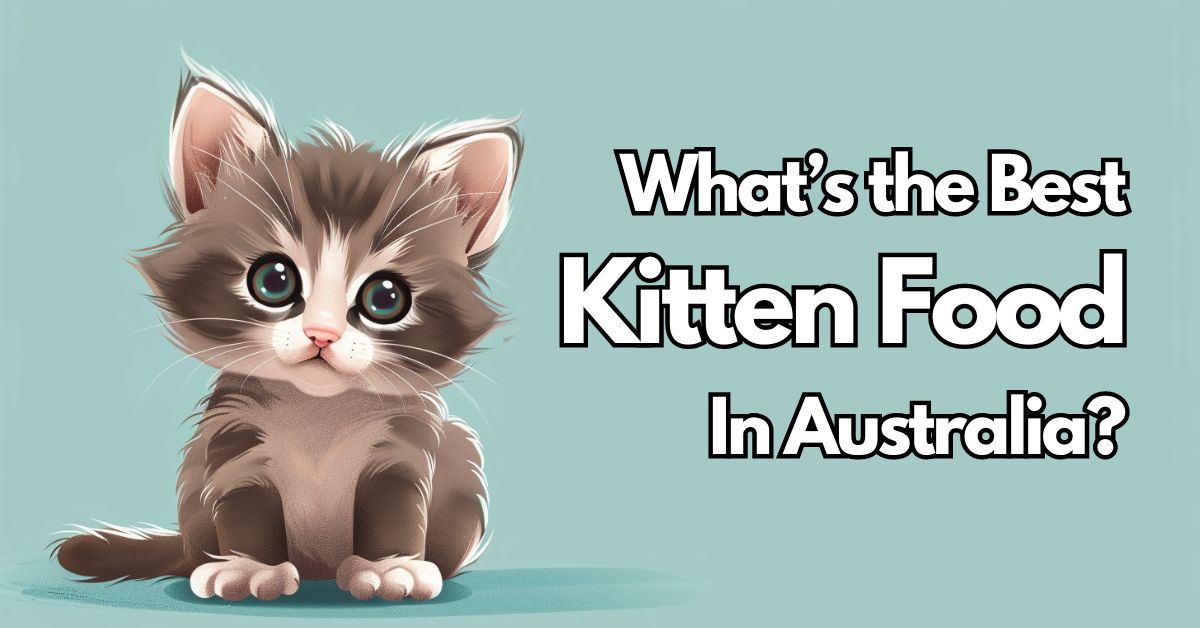
Congratulations on your new kitten!
Or, shall we be a little bit radical and say “Congratulations on your new Pet Carnivore”, because cats are very much in the carnivore camp!
Oddly, when it comes to kitten foods, most brands are made of cereal grains. If not grains, then potatoes, tapioca, peas, beans, or a whole load of other stuff you’ll note isn’t very “carnivore”.
So why is this?
The reason, mostly, is money. To be more exact – to take your money and turn it into profit, at the expense of your new kitten’s health.
It may sound a little crazy, but it’s an important point to make.
If you want your kitten to be healthy, you will from this day forward view them as what they are – a carnivore.
In this guide we’ll take a look at the various ways to feed your kitten. It doesn’t need to be hard, and it doesn’t need to be one single brand of food.
What the RSPCA say about feeding your new kitten
Let’s start with a credible source.
The RSPCA say you should feed your kitten “a high quality complete balanced premium commercial kitten food that is appropriate for their life stage and health status”.
They say the food must comply with the Australian Standard for the Manufacturing & Marketing of Pet Food AS 5812:2017 – I have a copy on my desk, and if you were to read it you would realise it covers little more than how a manufacturer can market a pet food.
This tells you as a new kitten owner very little, other than you should buy a commercial processed food for your kitten.
But that’s what we do, right?
We buy a kitten, and we feed them “cat food”.
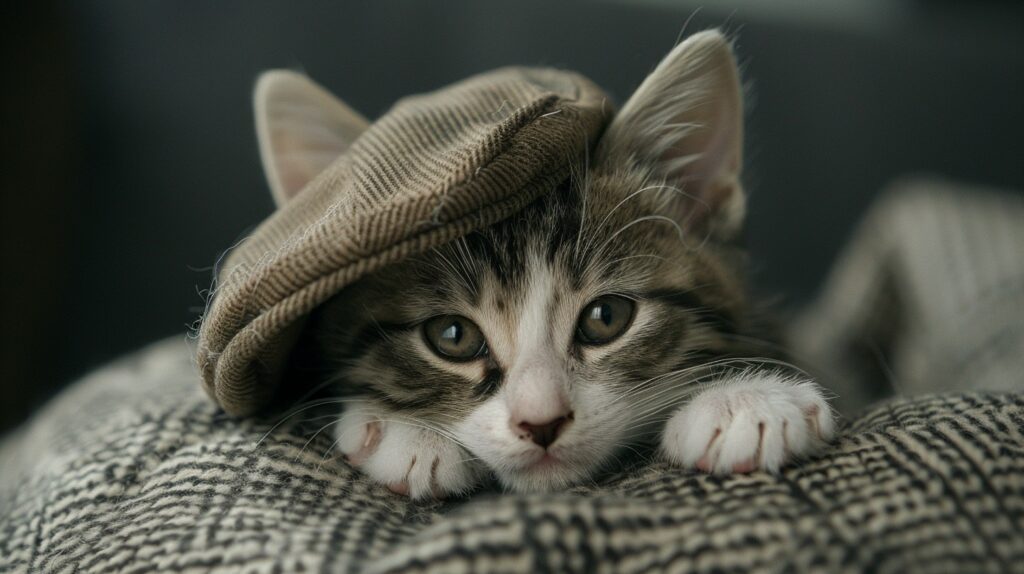
What if I were to tell you my 14 year old cat Bernard has never been fed that way, is in supreme health, with impeccable white teeth?
I feed Bernard a wide range of foods. This includes some kibble, but also wet, BARF, raw, and species-appropriate table scraps.
Not many 14 year old cats fed complete and balanced commercial kibble made of grains or potato are in Bernard’s condition. In my experience, not many at all.
Let’s take a simpler, more thoughtful look at how you can feed your kitten. Don’t get concerned, as feeding your kitten is easier than you may think.
The different ways we can feed our kittens
Here are some of the most popular ways to feed cats and kittens in Australia:
- Raw feeding
- Freeze or air-dried raw
- Dry cat food
- Wet cat food
- BARF (Biologically Appropriate Raw Food) – Raw meat patties.
- Prepared raw (fresh or frozen)
Some of the best kitten foods in Australia to get you started
Raw feeding
As of 2025, many cat owners feed raw, which is a combination of raw meat, raw organs, and raw meaty bones.
If you feel comfortable with that, then go for it. There’s fantastic information on raw feeding cats, and this includes weening and raising kittens.
Hot tip: Raw meaty bones, such as cheap as chips chicken necks, are fantastic to include as part of your kitten’s diet.
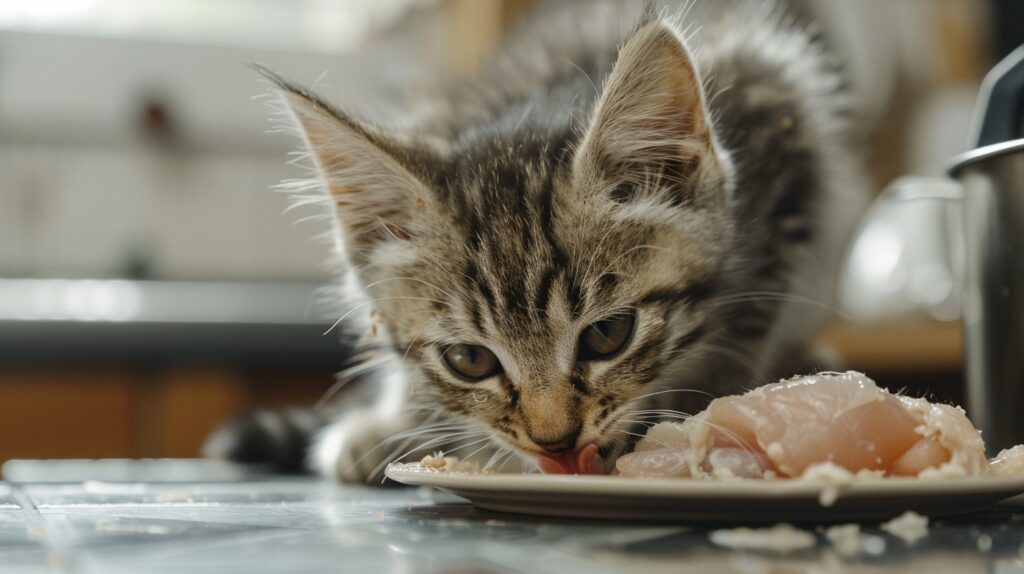
You won’t find any commercial cat or kitten food have the same beneficial effects as a raw meaty bone. These will keep your kitten’s teeth clean, help prevent periodontal disease and other disease in later years, and make them happy as Larry (the super happy cat).
If you’re not comfortable feeding raw meaty bones don’t worry, as there are some great dried meat treats available – I’ll cover these later.
Dried freeze-dried or air-dried raw (with recommendations)
If you’re concerned about getting raw feeding right, because it does need to be balanced, then there are a few commercial raw cat foods appropriate for kittens:
- Frontier Pets – An Australian freeze-dried raw diet for cats and kittens, which you simply add water to before feeding (clean water works wonders for the health of your kitten). Read more about Frontier Pets for your kitten.
- ZIWI Peak – A fantastic and highly reputable air-dried raw diet which can be introduced to weaned kittens. ZIWI Peak offers you a full whole-prey diet for your kitten with the convenience of kibble, you just grab a handful and put it in their bowl.
Dry kitten foods (with recommendations)
Dry cat foods are a convenience product, but it’s undeniable how convenient they are in our busy lives.
My cat has some kibble, but I always aim to offer him variety. Kibble on it’s own doesn’t offer our cats something vital – moisture – and as even the best dry cat foods contain carbohydrates it’s not something ideal to feed all the time.
Vets and pet food marketing departments will tell you otherwise, but I put the health of my pets down to variety – some of this, some of that, some raw, meaty bones, offcuts, appropriate leftovers, and so forth.
You will hear the term “complete and balanced” often, and this is a necessity when a cat food is fed all the time. It means the product must contain all the nutrition your kitten needs in every meal – tough ask, isn’t it?
The cheap (and sadly popular) brands like Friskies (Nestlé) and Whiskas (Mars) are both cereals as the main ingredient. How bad is that for your pet carnivore?
Even Optimum (Mars), Purina (Nestlé), or even more “premium” Advance (Mars) and veterinary-recommended Royal Canin (also Mars) are stacked with cereals, wheat, rice, corn, and anything else to keep production costs minimal.
That means I’ve covered most of the popular brands of kitten food in Australia, and I’m sure you’re left wondering if any of them are appropriate for a meat-dependent cat?
Welcome to the crazy world of cat food – grains for carnivores, and fantastic marketing to dupe you into thinking this is the healthiest way to feed your kitten!
But, now you have that information, I know you’ll start reading the ingredients panels of whatever kitten food you buy!
Here are some recommendations of better foods suitable for your kitten, which are either kitten-specific or all life stage (appropriate for all ages once weaned):
- Wellness CORE – Expensive, but you’ll understand why when you see this kitten food is packed with turkey, whitefish, chicken, herring, more chicken, more turkey, plus a range of other decent ingredients. Wellness are an American brand, sold worldwide with an excellent reputation as high protein, low carbohydrate pet foods.
- Vetalogica Biologically Appropriate Kitten – It’s not the cheapest dry kitten food, but the main ingredients are chicken, duck, tuna, and mackerel. You’ll also find some sweet potatoes and legumes, but this sounds far better than “cereal grains with food colourings”, doesn’t it? Vetalogica are one of the better Australian manufacturers of dry pet food.
- More affordable – Black Hawk Kitten Chicken – One of the few dry kitten foods which boasts chicken as the main ingredient. You’ll find some rice as the 2nd ingredient (one of the more digestible grains), but on the whole this Australian brand of kitten food has a much better formula than others.
Wet kitten foods (with recommendations)
Wet foods tend to cost more, but also tend to be more appropriate for a kitten as they have less carbohydrates.
Being soft these foods won’t benefit dental health in any way, but can make up some of your kitten’s diet. Most cats will happily devour wet cat food, as long as it’s made from meat and not some cheap substitue.
Here’s some recommendations:
- Weruva Kitten – One of the better US brands known for high-quality pet foods, it’s nice to see the brand available in Australia. Weruva Kitten is a combination of chicken broth (great for your cat), chicken, and tuna. There’s a stack of decent ingredients which will further benefit the health of your kitten, such as egg, guar gum (for firmer poops), taurine, and a range of vitamins and minerals.
- Wellness Signature – As mentioned earlier, Wellness are a well-known premium brand, and the kitten pâté is a great choice for kittens who seem to love the texture. You will find Wellness Signature cans mostly meat and fish combined with meat broth.
- Budget option – Applaws Kitten – This is one of the cheapest wet kitten foods which is still decent, being free of grains and other starches, and meeting the “complete and balanced” nutritional needs of your kitten. The brands above have better formulas, but as Applaws Kitten is available in the supermarkets it can be a good option as part of your kitten’s diet.
When it comes to veterinary-endorsed brands, it has to be said the Hill’s Science Diet and Royal Canin wet foods feel more appropriate for your kitten than the dry foods. They still contain grains, combined with a premium price, but if you want the vet-approved stamp of approval then that’s up to you!
Dried meat treats
Dental health is so important for our cats.
I doubt you’ll sit and brush your kitten’s teeth twice a day, and I don’t blame you. My 14 year old cat Bernard has pearly white teeth and they’ve never touched a brush in his entire life.
I mentioned raw meaty bones earlier, but there are also fantastic dried meat treats and chews available.
I don’t mean the dental treats made of cereal grains and sugars, like the ones recommended by your veterinarian. No sir, I wouldn’t be so daft to suggest you clean your kitten’s teeth with cereals and sugar!
So, throw your Felix, Dine, and Greenies in the bin, and offer your kitten something way better:
- ZIWI Peak Oral Health Chews (Beef Weasand) – I realise these are a little expensive, but they also last quite some time for your kitten. They’re 100% dried beef weasand (esophagus), great to chew on, and your kitten will love these.
- Frontier Pets Dried Chicken Necks – I feel like a broken record as I know I recommended both Ziwi and Frontier Pets earlier, but these are brands I trust for quality and know your kitten will find palatable. The Frontier Pets Chicken Necks are a fantastic texture, good to chew, and good value for money.




